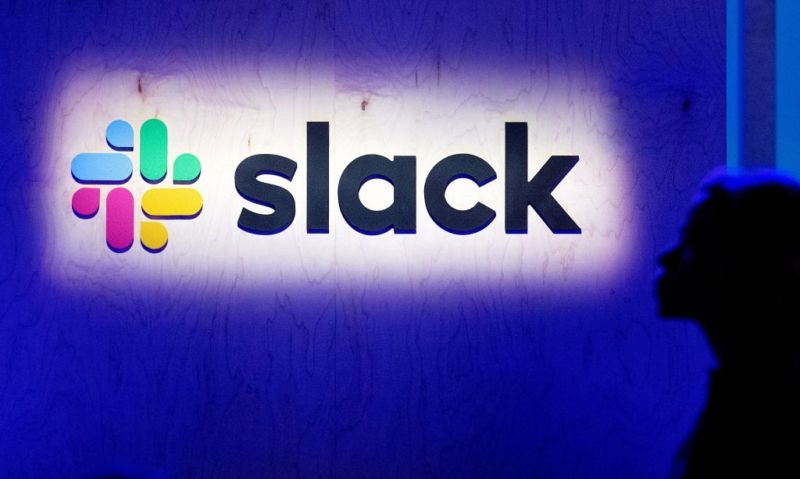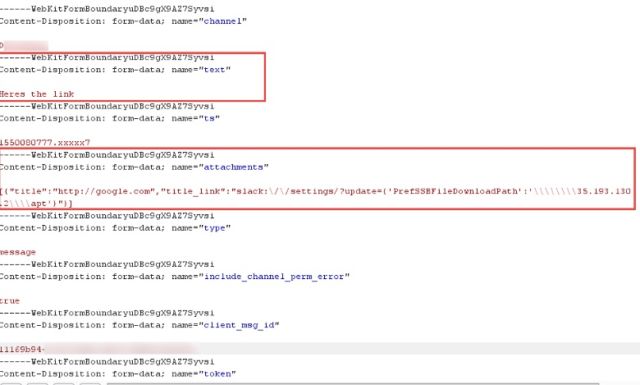
On May 17, researchers at Tenable revealed that they had discovered a vulnerability in the Windows version of the desktop application for Slack, the widely used collaboration service. The vulnerability, in Slack Desktop version 3.3.7 for Windows, could have been used to change the destination of a file download from a Slack conversation to a remote file share owned by an attacker. This would allow the attacker to not only steal the files that were downloaded by a targeted user, but also allow the attacker to alter the files and add malware to them. When victims opened the files, they would get a potentially nasty surprise.
Tenable reported the vulnerability to Slack via HackerOne. Slack has issued an update to the Windows desktop client that closes the vulnerability.
The potential attack used a weakness in the way the "slack://" protocol handler was implemented in the Windows application. By creating a crafted link posted in a Slack channel, the attacker could alter the default settings of the client—changing the download directory, for example, to a new location with a URL such as “slack://settings/?update={‘PrefSSBFileDownloadPath’:’’}”. That path could be directed to a Server Message Block (SMB) file-sharing location controlled by the attacker. Once clicked, all future downloads would be dropped onto the attacker's SMB server. This link could be disguised as a Web link—in a proof-of-concept, the malicious Slack attack posed as a link to Google.

In a blog post, Tenable's David Wells reviewed several ways that this vulnerability could be used maliciously. Once the attacker had changed the default download location, "the attacker could have not only stolen the document, but even inserted malicious code in it so that when opened by victim after download (through the Slack application), their machine would have been infected," Wells wrote.
An attacker wouldn't even have to be a member of a Slack channel to successfully inject the URL, Wells noted—the link could be fed into a channel via an RSS feed, for example, as Slack channels can be set up to subscribe to them. "I could make a post to a very popular Reddit community that Slack users around the world are subscribed to," Wells explained. That post could include a Web link "that will redirect to our malicious slack:// link and change settings when clicked." However, this attack would likely throw up a dialog box warning that a Web link was trying to open Slack—so it wouldn't work unless a victim clicked with approval.
reader comments
17